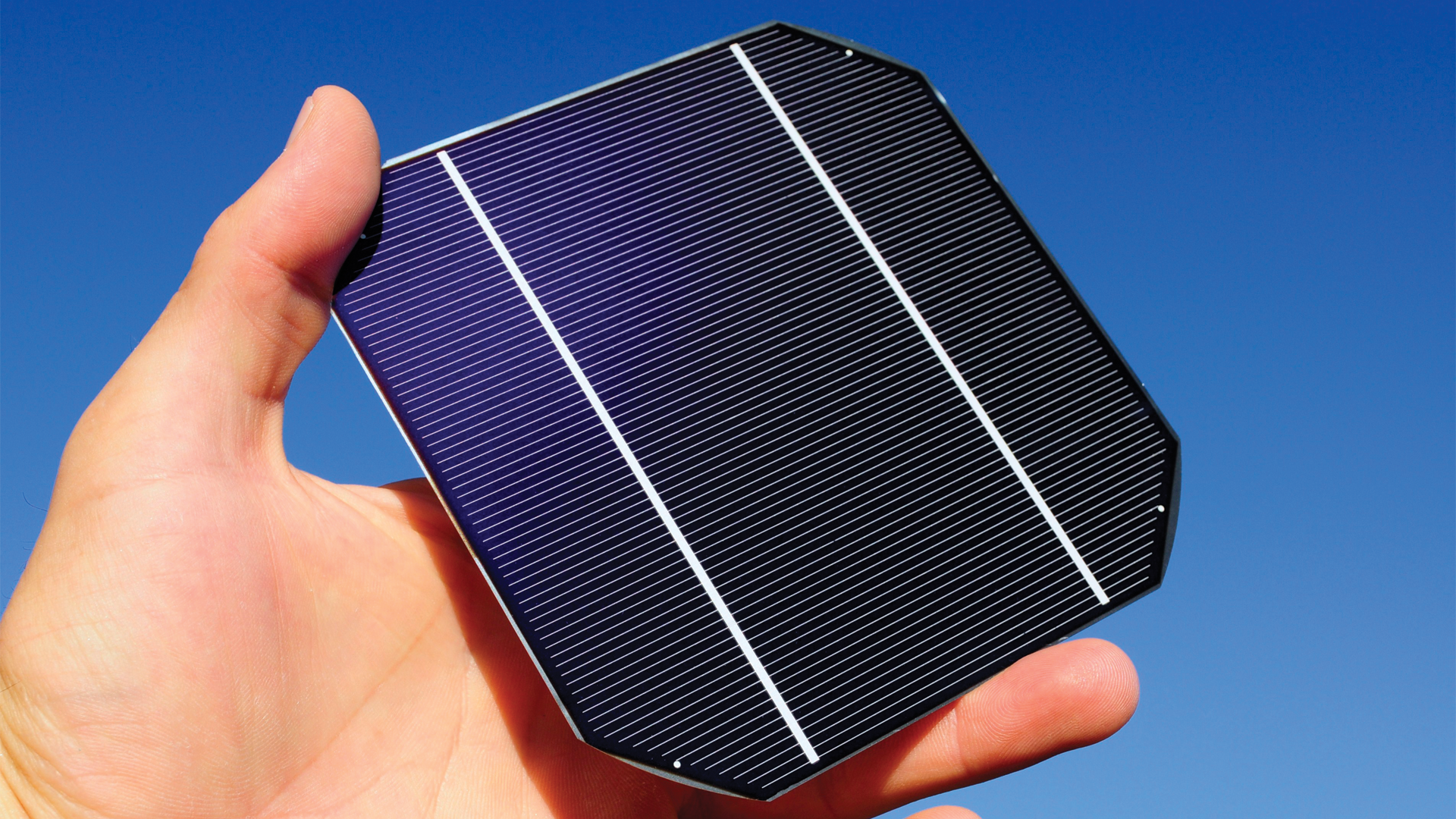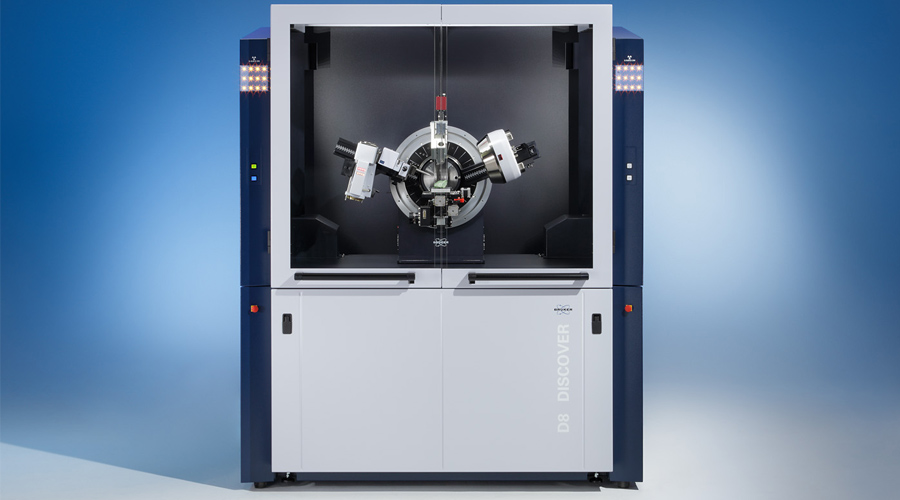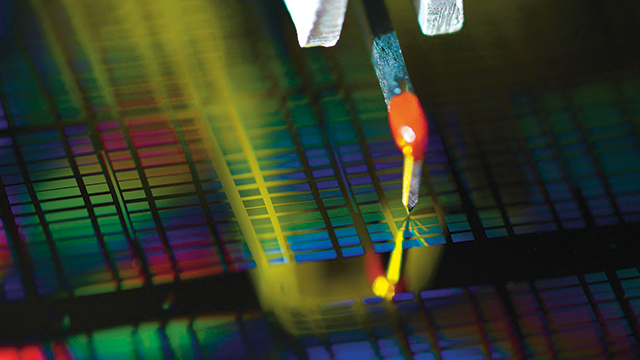

Solar
El control de calidad para maximizar la eficiencia es fundamental en la competitiva industria fotovoltaica. Durante algún tiempo se pensó que la textura solar afectaba cualitativamente a la eficiencia de las células solares. Sin embargo, con las mediciones 3D de grandes superficies y los parámetros del área, se ha obtenido una correlación cuantitativa entre la textura y la eficiencia. Así que ahora sabemos que los parámetros de superficie ISO 3D se correlacionan linealmente con la eficiencia de la célula solar.
Los microscopios 3D de Bruker ofrecen la resolución vertical subnanométrica en grandes campos de visión necesaria para esta correlación. También pueden realizar mediciones rápidas en uniones u otras áreas críticas para caracterizar con mayor integridad las líneas y controlar mejor las propiedades de la célula solar. Además, los perfilómetros de Bruker ofrecen una rápida comprobación del ancho y la altura de las líneas en una o más secciones de la muestra.
Shedding Light on the Workings of Energy Storage Materials
Energy generation and energy storage related applications require some of today’s most complex materials development initiatives to meet efficiency and reliability targets. Many of our electronic devices, from laptops to smartphones, are powered by rechargeable lithium-ion (Li-ion) batteries, and they could soon extend into many other areas as well. This includes transport, through the ongoing development and adoption of electric vehicles. New materials are continuously being developed that transform the ways we capture, transmit, and store energy.
The performance of any battery, whether in terms of its capacity, lifetime or energy density, is ultimately down to the intrinsic properties of the materials that comprise its anode, cathode, electrolyte and SEI. Bruker has developed a comprehensive suite of characterization techniques to enable scientist to understand and optimize the physical and chemical properties, performance and stability of all battery components and the fully assembled battery cells.
Read on to find out how Atomic Force Microscopy, FTIR Spectroscopy, Nanomechanical Testing, X-ray Diffraction, Raman Microscopy, X-ray Microscopy, Magnetic Resonance and X-ray Spectroscopy shed light on the workings of energy storage materials.
Add Automation to your instrument
In the solar industry, our automation solutions offer unique advantages that significantly enhance research and operational outcomes. Automated systems handle repetitive and time-consuming tasks, allowing researchers to dedicate more time to critical thinking and innovation.
This leads to faster data collection and analysis, enabling quicker identification of material properties and ensuring the development of more efficient and sustainable solar technologies.
Additionally, automation ensures reproducibility and accuracy in experiments, which is crucial for validating results and maintaining high standards of quality control. By reducing manual errors and increasing throughput, our automation solutions help solar research institutions maximize their resources and achieve their goals more efficiently.




